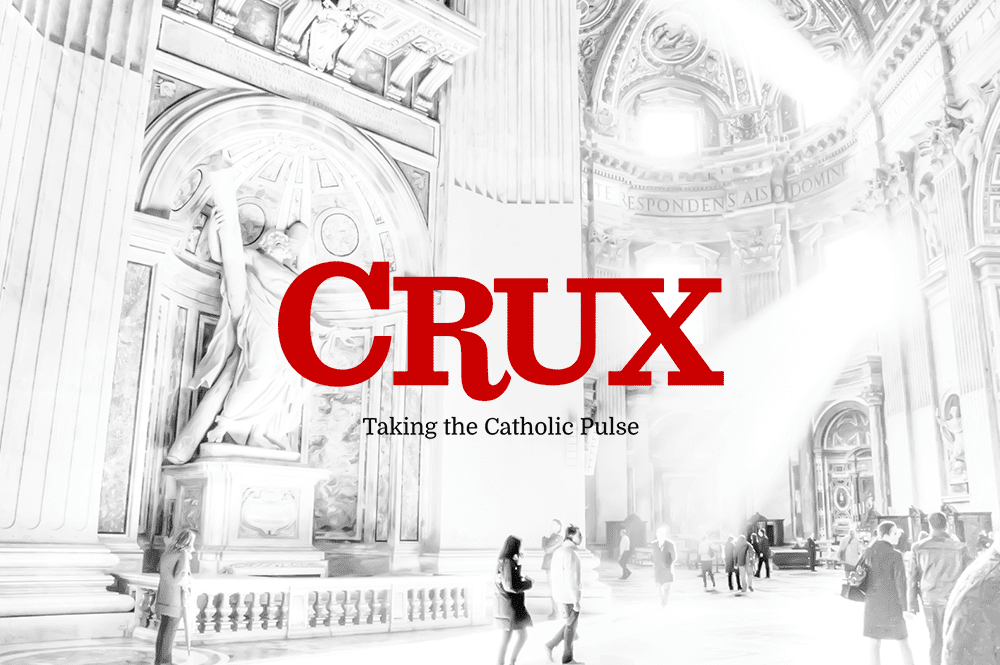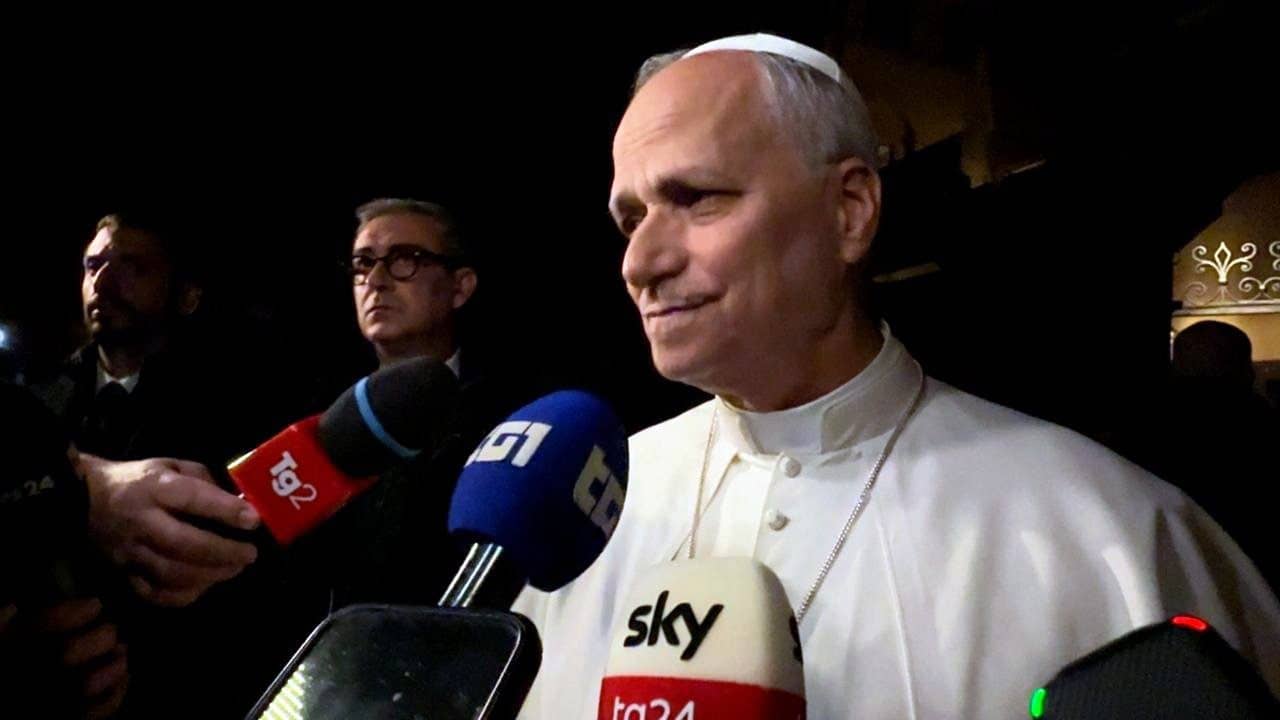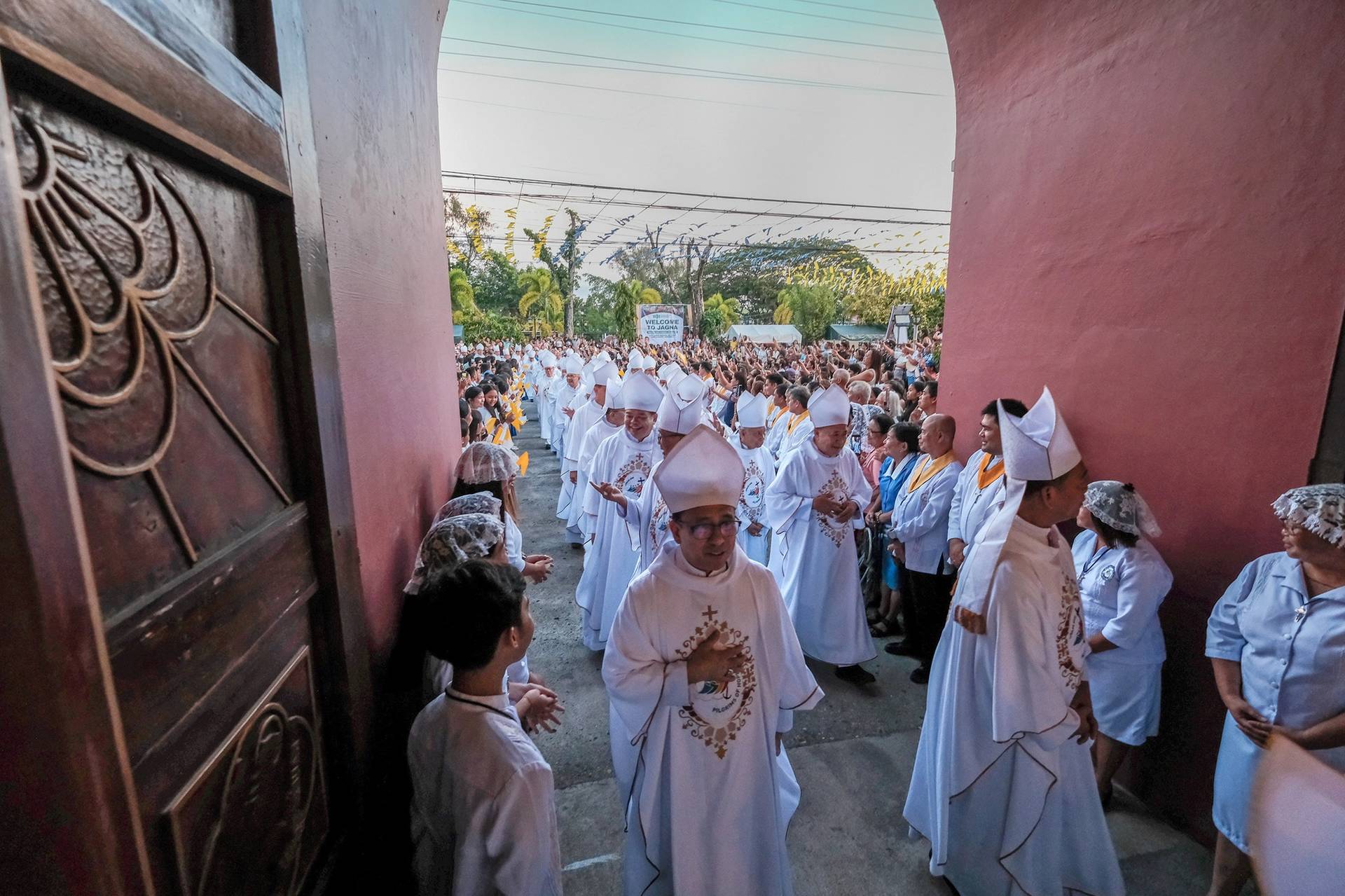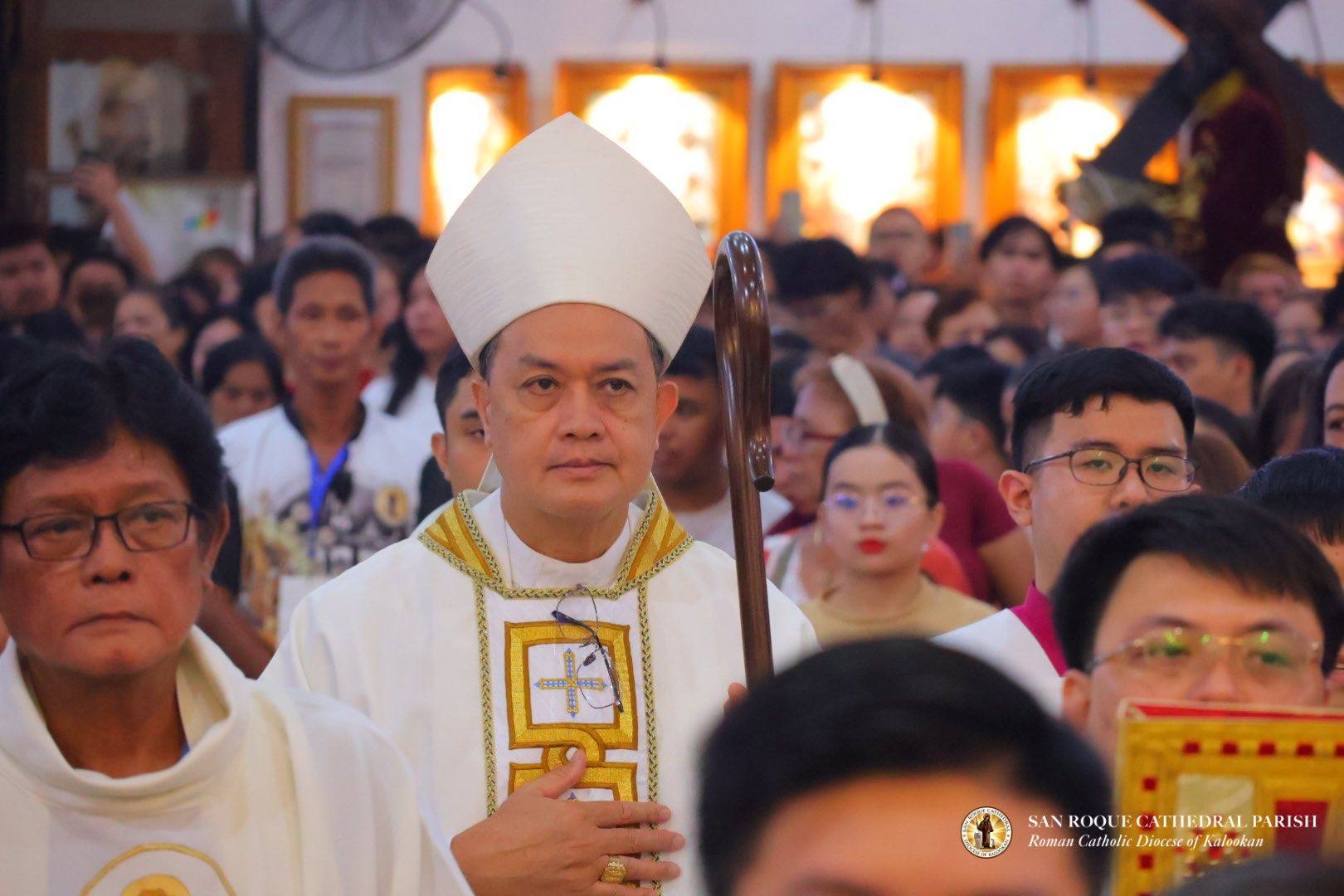MANILA, Philippines — Arguably there’s no country in modern times where the Catholic Church helped set the course of its history as much as in Poland. Yet the Philippines, where Pope Francis arrived Thursday for a four-day visit, might just be a close second.
This is a country, after all, where the “People Power” movement, inspired and sustained by the Catholic Church, swept the Marcos dictatorship from power in the 1980s, and where still today it’s difficult to imagine any serious social or political movement taking shape without Catholic involvement.
Catholicism has been the predominant religion since the 1500s and the country has the third largest number of Catholics in the world, a legacy of its Spanish colonial history. Today, however, the Philippines is also catching up with global trends towards a more secular society.
Some analysts believe that just as in other Catholic majority nations such as Spain in Europe, or Argentina and Chile in South America, the Church’s influence in the Philippines is waning.
Many point to the 2012 adoption of a Reproductive Health law guaranteeing universal access to contraception, despite adamant Church protest, as proof. When the bill was introduced back in 1999, its stated aim was to curve a rapidly growing population.
The Church fought back, using its influence on politicians and, in some cases, even denying supporters from receiving Communion at Mass. When Congress finally passed the bill, many saw it as a watershed moment indicating the Church’s declining influence.
“The country, as many others, is becoming more secularized,” said Rev. Nestor Impelido, vice rector of the Manila-based Don Bosco Technical Institute Makati.
“The Church shouldn’t merely focus in stopping secularization,” Impelido said. “We need to continue evangelizing.”
He said that spreading the teachings of the Church is something that can’t be done in a static way, but must follow the signs of the times.
“What was useful 50 years ago doesn’t work anymore,” Impelido said. “The message is the same, but the methods have to change.”
It’s for exactly that reason that many bishops promote Masses being celebrated in shopping malls, where churches stand strong sandwiched between luxury stores. Impelido, for example, says daily Mass at a local branch of HSBC, one of the biggest banks in the Philippines.
“They have a chapel there and there’s always a crowd,” Impelido told Crux. “I tell them that for me, it’s good to say a Mass where they count the money by millions and billions of pesos. Even there, there’s a sensibility and a sensitivity to God.”
According to the priest, people still want to participate in Mass. They stop him in the streets to ask him for prayers or a blessing, he said, and everyone talks about God now in the days leading to Pope Francis’ visit to the country.
“People are conscious of the presence of God,” Impelido said. “Our job as shepherds is to intensify it.”
Composed of 7,107 islands, the country was united during the era of Spanish colonization through missionary work done by the Augustinians, Franciscans, Jesuits, and other religious orders, which since 1565 have been running schools, hospitals, social programs, and universities.
The Philippines is the only former colony of the once seemingly invincible Spanish empire that doesn’t speak Spanish. Instead, the early missionaries here adapted themselves to the local language.
According to Impelido, this is a direct result of learning from their experience in Mexico.
“They realized that it was easier for one to learn the language of many, rather than to have many learning the language of one,” he said.
Regardless of its political influence, the Church today is still a major player in the lives of more than 80 million Filipino Catholics, a good chunk of whom live abroad. An estimated 10 percent of the country’s population is living in places such as the United States, Europe, and Saudi Arabia.
According to Impelido, thousands of Filipinos every day light candles, pray the Rosary, and attend Masses, asking for an opportunity to leave the Philippines to help provide for their families. Once gone, he said, there’s a fear they’ll lose their faith.
“They ask us to send priests, they form a community, they share their faith, first with their fellow Filipinos and then with people they meet in their new home,” he said.
Sometimes dubbed the “new Irish,” the priest finds the assertion to be partially right, but wrong in the sense that when someone from the Philippines goes to Europe, they are perceived as second-class citizens.
“They look at us and say ‘I have more money than you, you’re at a disadvantage. What could you possible teach me about God?’ ”
Impelido says that the world is sometimes blind to what Filipino Catholics can give: a testimony of faith from which, he says, even Pope Francis could draw strength.
The pontiff is scheduled to be in the Philippines until Monday, and according to the historian, it’s not only an opportunity for the country to revitalize its faith, but for Francis to see what the faith in the peripheries looks like and how it’s lived.
“Hopefully he’ll see us, and know that by often referring to the outcast, he’s doing the right thing,” he said.















